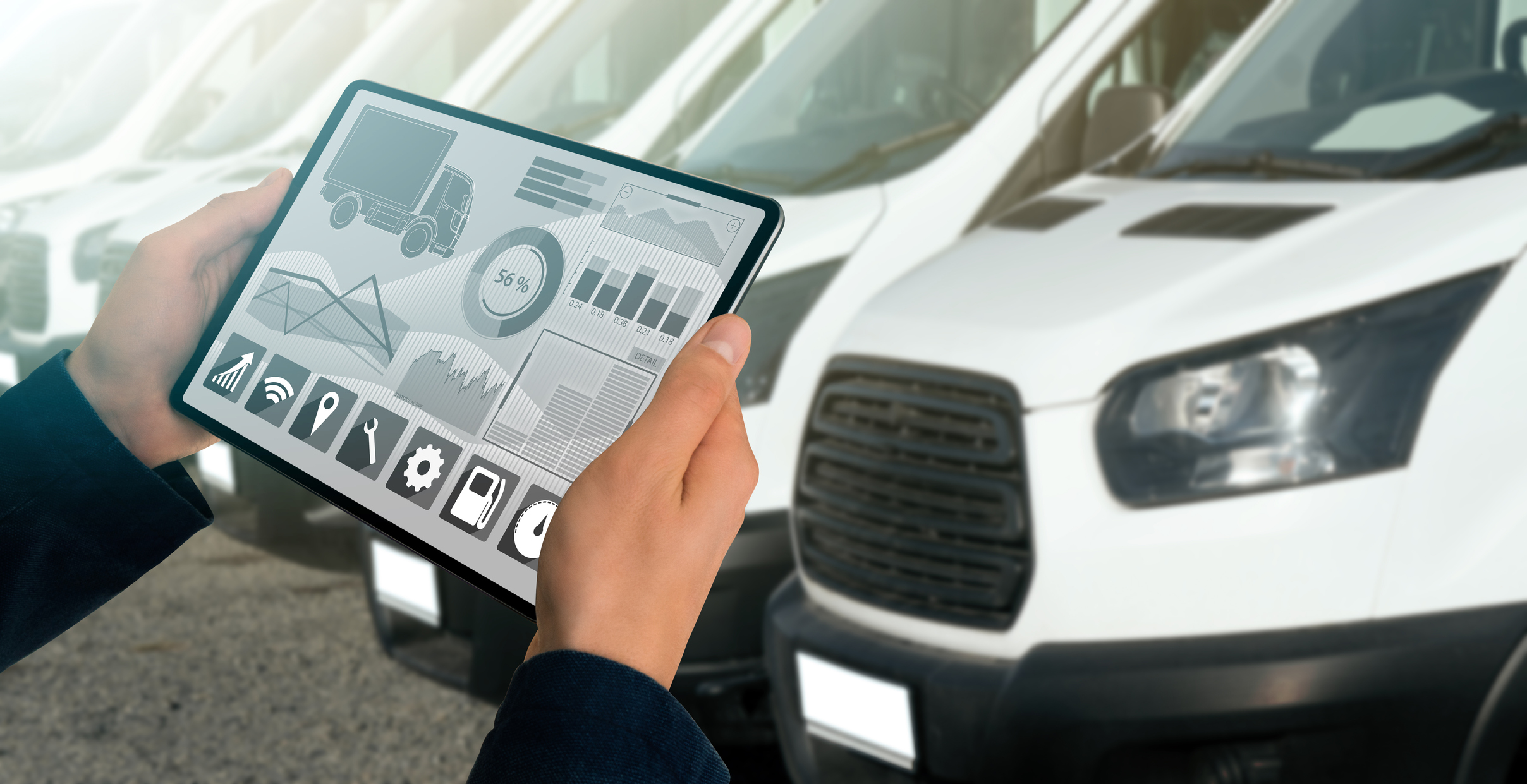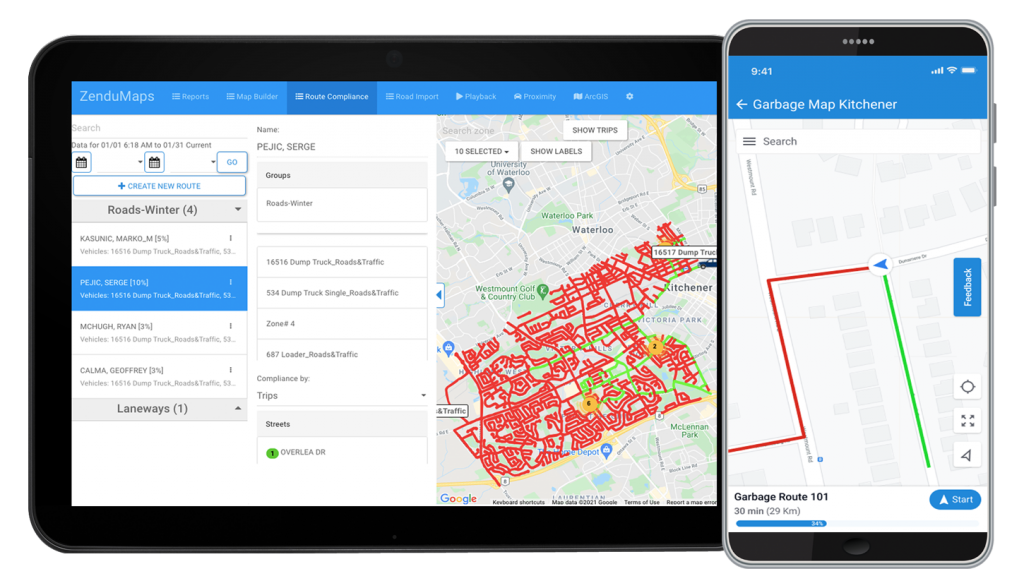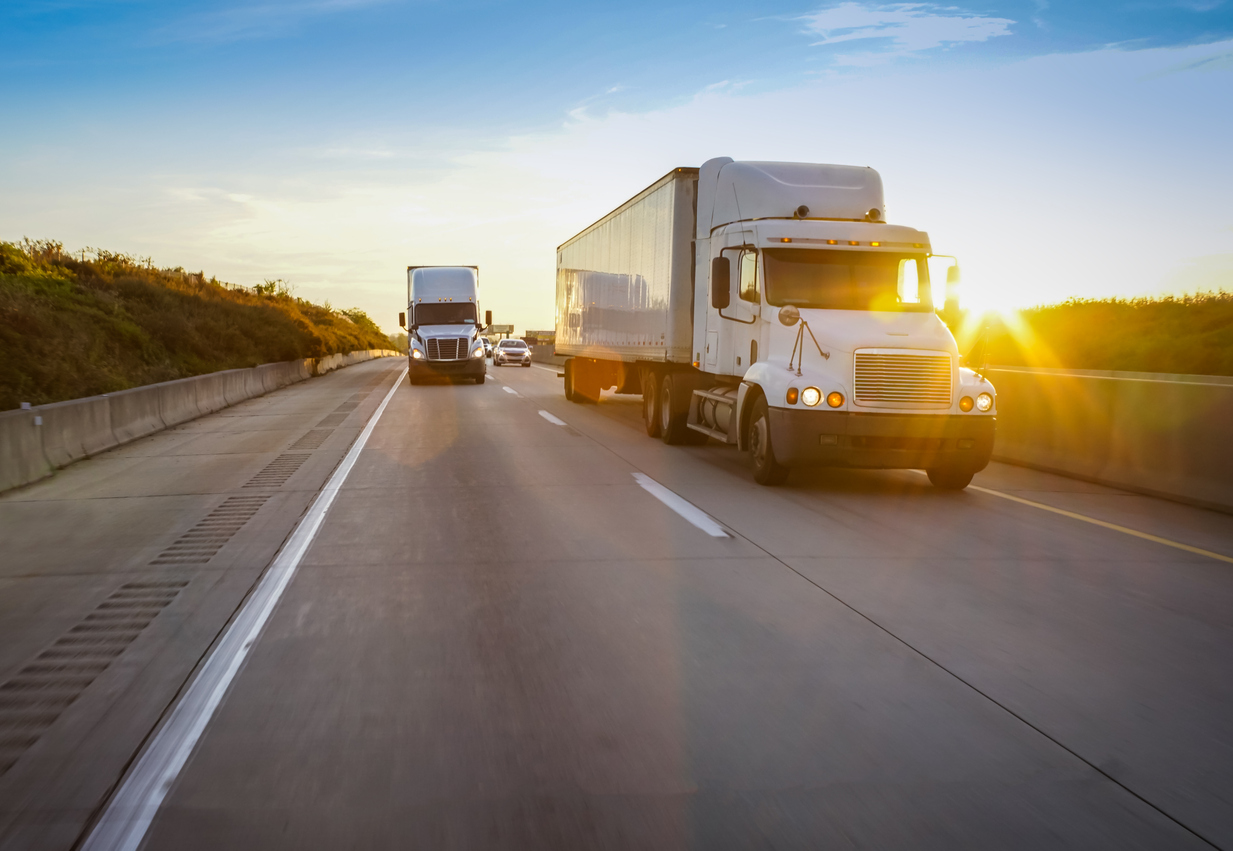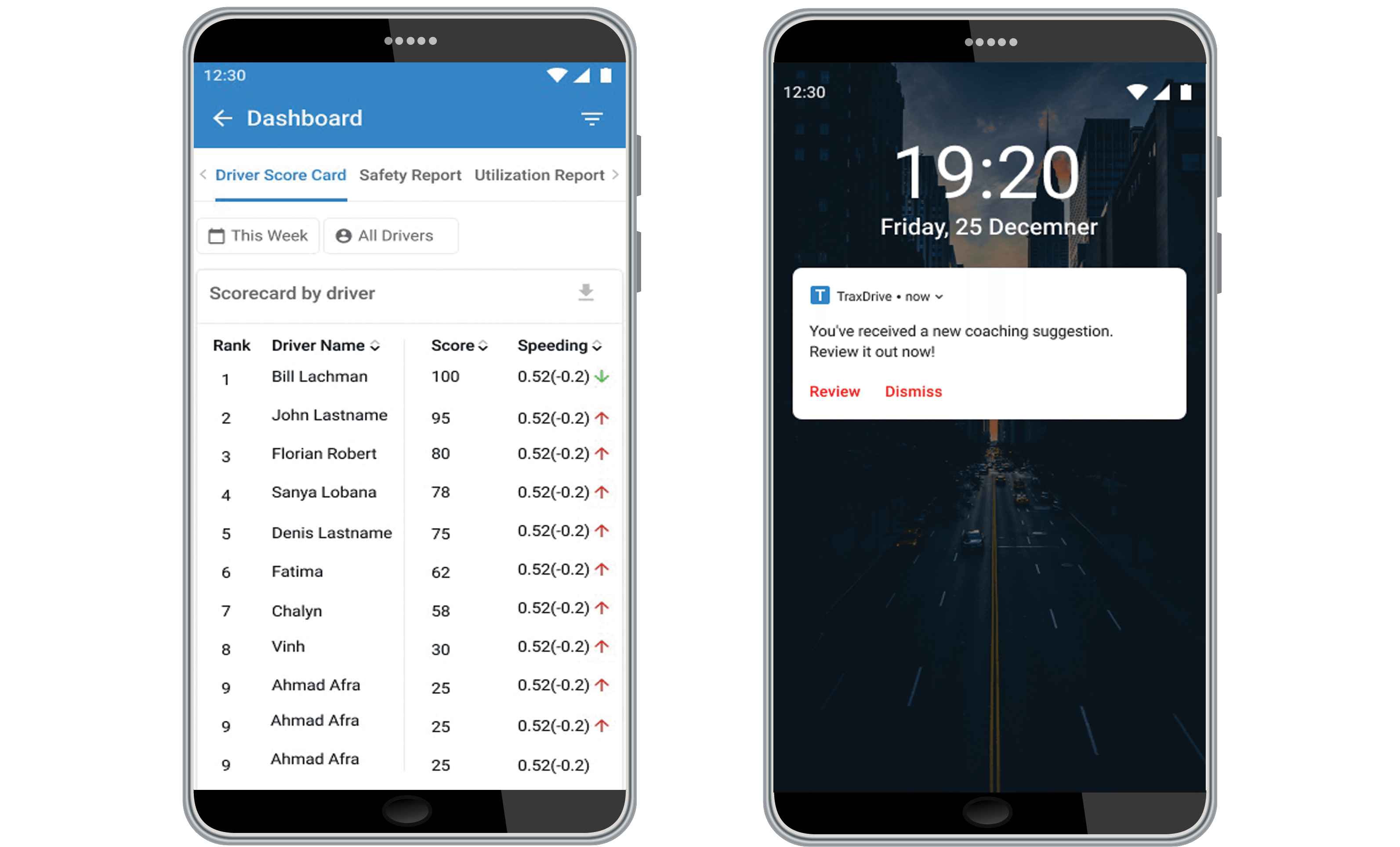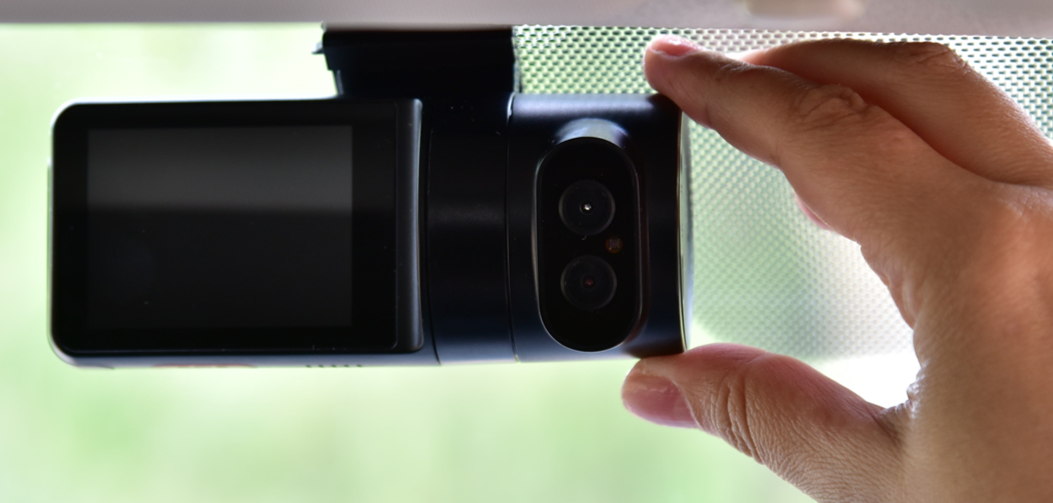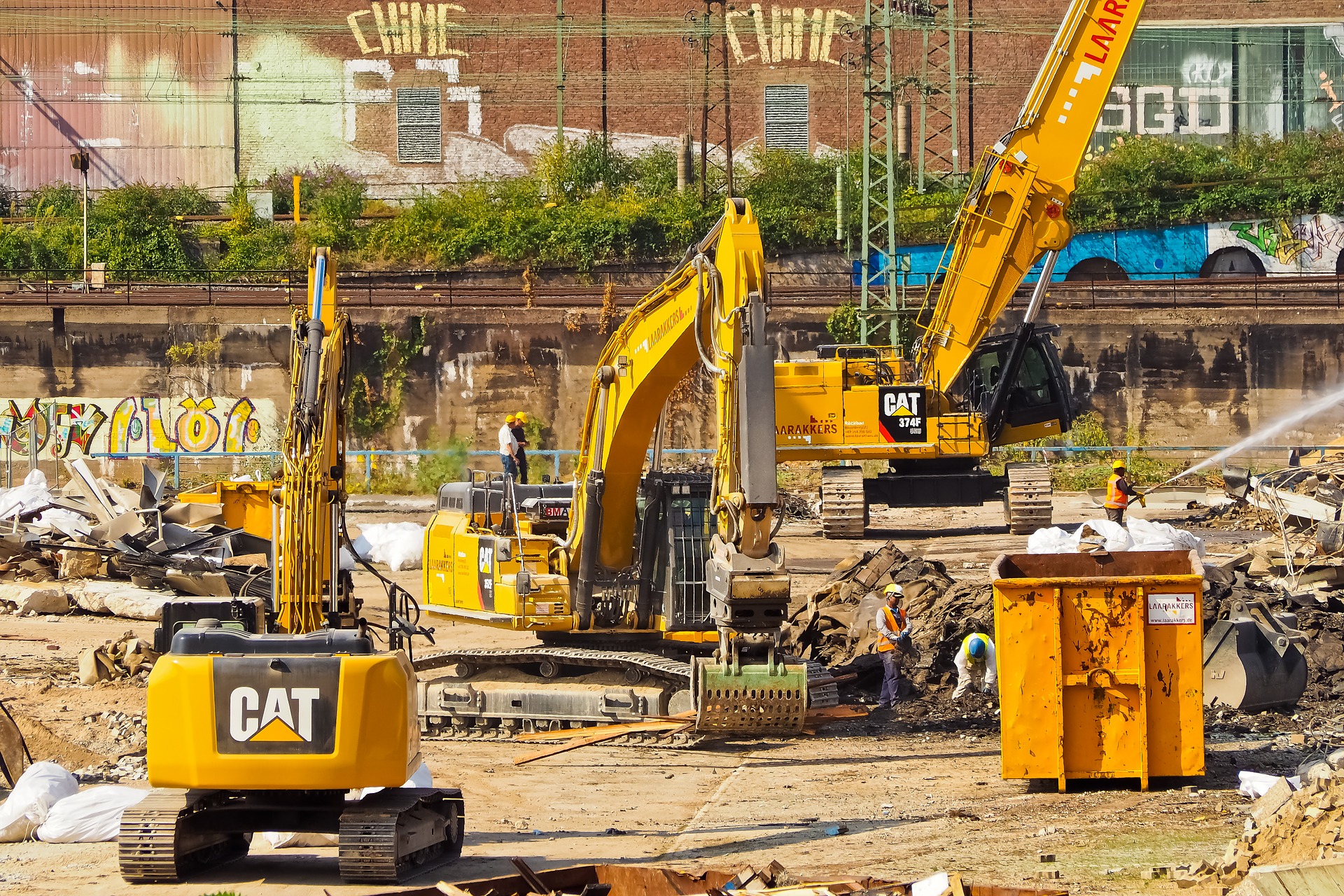Kemal Leslie, a strategic consultant to GoFleet, talks about Lord Selkirk School Division’s biggest pain points, and how GoFleet’s comprehensive and integrated telematics solutions solved some of their biggest back to school issues.
Tell me a bit about LSSD and the kinds of things they were looking for.
KL: They began working with GoFleet a few years ago to help them manage their bus fleet maintenance and location tracking. This also included management of driver operational safety.
How did Bus ETA factor into the equation?
KL: At that time, they were also looking at Bus ETA as a solution, where a student or parent of a student, for example, could know when the bus is on its way to pick up or drop off, as well as the whereabouts of that vehicle. This has become a more popular solution over the last, I would say, five or six years, where parents or students want to know when to arrive at the bus stop.
So it seems that Bus ETA also offers peace of mind?
KL: Well, for safety and security reasons, they received feedback that parents want to be able to track kids’ travel to and from school. They wanted an easy way to oversee their safety. That’s what the Bus ETA application really was about.
What were the other components of your proposal?
KL: At that time, GoFleet implemented not only their bus tracking and status reports, but had also integrated another solution called On Command Connection with their Geotab telematics system, which is a diagnostic maintenance offering under Navistar. Their maintenance provider can track their buses and advise if any need to be repaired based on automated scheduling and alerts from real-time vehicle data; their maintenance team can call in a repair just by looking at the status report that’s provided through On Command.
Finally, Transfinder became the next third party integration for this solution. It’s a mobile application that tracks where the student is; if they are on the bus, when the bus is arriving, that type of thing. The system actually utilizes Geotab telematics data to manage the reporting within the application where the student might be at any given time, or where the bus is in terms of its daily trips.
So in terms of the evolution, it started as a fleet management application to manage the hardware, the equipment, location status, etc. And then student tracking for parents was integrated to centralize everything within their GoFleet solution.
That sounds really comprehensive. What are some other applications for this system outside of LSSD?
KL: Well, the entire solution could serve many verticals really, either in part or as a whole integrated solution. The fleet management piece can apply to any industry that requires management of their own automated fleet — it could be heavy equipment, trucks, small vehicles — any of that can be adapted to use this functionality.
The same goes for the maintenance piece; to be able to connect to and manage the fleet without needing to bring in the vehicle, to have diagnostics established if there’s a problem with a unit and it needs to be called in. Those things can adapt to pretty much any industry.
And what about Transfinder?
KL: I think that the Transfinder solution, as it relates to tracking when a vehicle is coming to pick someone up, certainly has its application in schools. But it would also have applications for other transportation clients, really any type of privatized or public transportation, the TTC for example. There will always be people who could use an app to tell them when to expect their ride.
All in all, I think it’s a pretty robust solution; the equipment management piece, the maintenance piece and the transportation communication piece. Operators benefit from having a really strong, interconnected solution that provides important efficiencies.
Interested to learn more about how GoFleet’s solution could help your fleets unique needs? Contact us today by clicking the button below!

